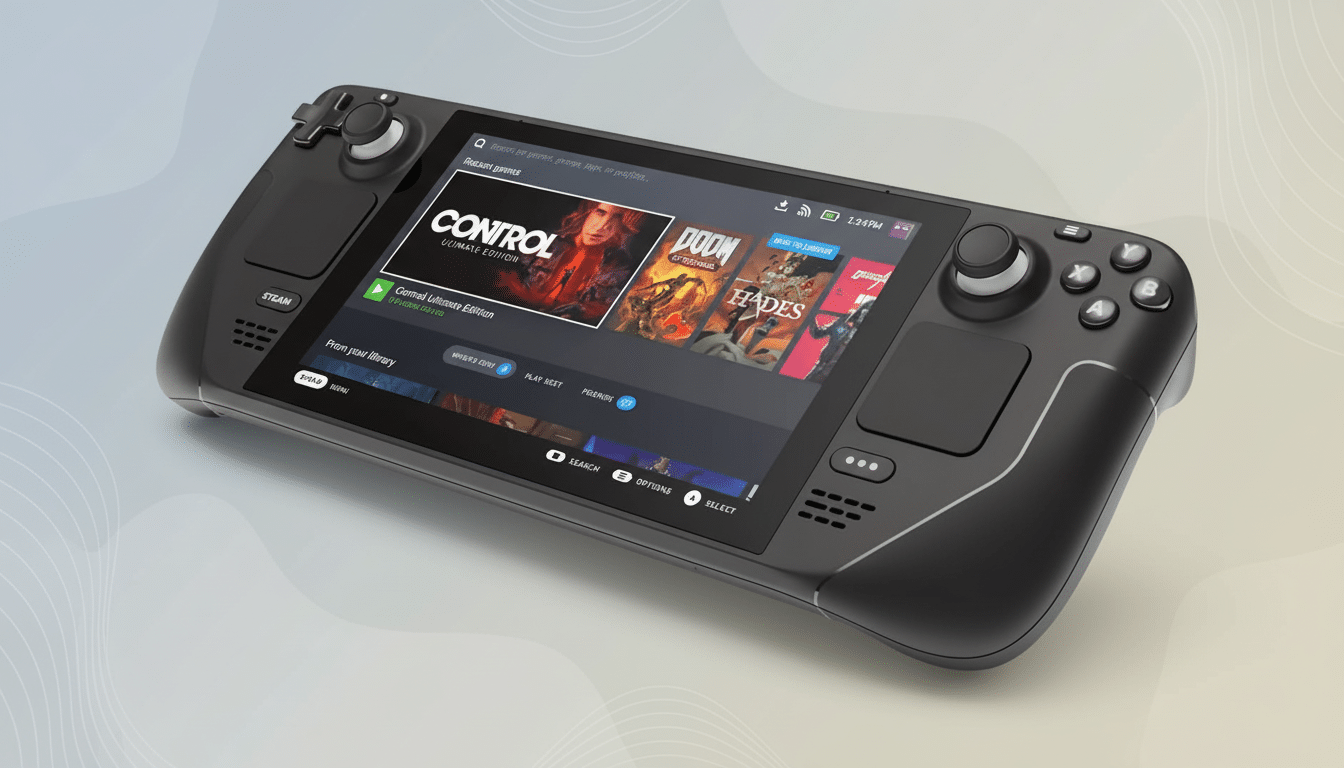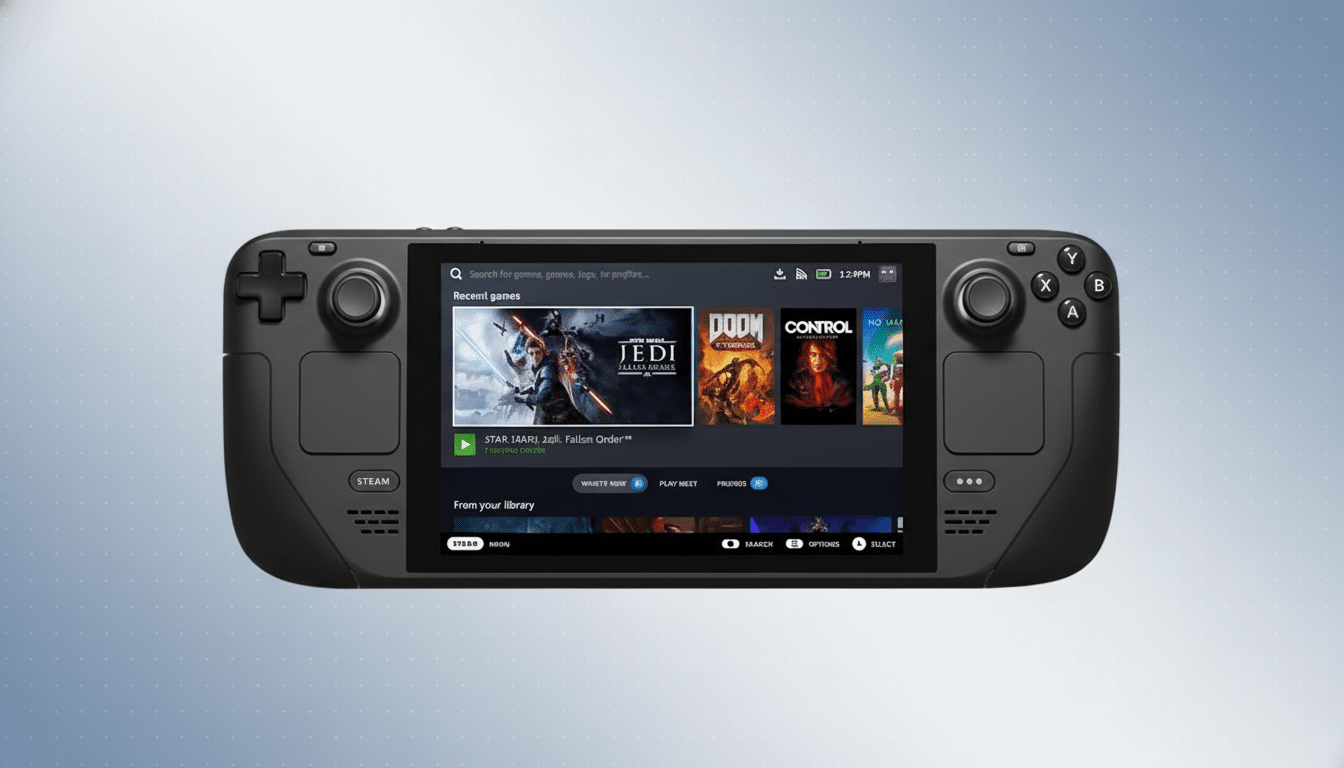If you’re thinking about your next operating system move, the case for Linux has never been stronger. Amid the convergence of evolving privacy norms, hardware lockouts, lackluster performance under bloat and chronic security headaches, Linux today provides a more clear, faster and sustainable road for everyday users and power-gamers alike.
This is not an argument about the niche hobby. From cloud giants to the Steam Deck’s potential mass-market breakthrough, Linux has grown up: It’s a polished desktop experience with real-world momentum and a garden of choices.

Privacy Without Forced Accounts or Tracking by Default
Windows now pushes you toward signing in with a corporate account, making your desktop identity an aspect of yourself that can be profiled and used to feed telemetry or on-device advertising opportunities. Microsoft’s own documentation acknowledges pushing toward account-based configuration in all consumer editions, and privacy advocates including the Electronic Frontier Foundation have criticized data collection practices and obscure default settings.
Linux distributions do not need a cloud account for you to use your PC. You create a user in your machine, keep the data on your machine, and choose what to sync. Most mainstream desktops and laptops are shipped with reasonable privacy defaults and fine-grained controls, so you decide to opt in to the features — not the other way around.
Keep Your Hardware Longer with Flexible Linux Support
Windows 11’s CPU, TPM, and security baselines block a huge number of completely capable PCs. Enterprise asset scans published by Lansweeper revealed a significant chunk of business PCs that won’t qualify for an upgrade, a reminiscent fact to what many home users will encounter when they run compatibility checks.
Linux flips the script. Less demanding interfaces, such as Xfce and LXQt, can make even an older laptop feel fresh. Mainstream distros like Ubuntu, Fedora, Linux Mint and Debian all run well on the most modest of hardware and include vast ecosystems of software to fit almost any application. We believe that you should remain up to date for as long as possible, and there are long-term support releases of our software so you’re always on the latest version over the long term with zero effort; no in-place upgrade headaches or end-of-life upgrades.
Faster Performance and Lower Overhead for Daily Use
On similarly specced machines, Linux is generally slower in RAM usage at idle and boots faster without the background processes and pre-installed bloat that slows down Windows. Independent benchmarks by sites like Phoronix continue to often indicate Linux coming out on top in CPU-limited workloads, compiling tasks and certain GPU workloads.
The efficiency edge is one reason the vast majority of the world’s cloud servers run Linux. That same minimalist infrastructure also pays dividends for your desktop: faster app launches, more responsive multitasking and longer battery life for laptops. Gaming has come around as well—Valve’s Proton compatibility layer and the success of the Steam Deck (and its Linux-based SteamOS) show that a lot of top titles now run fine without Windows. Community data from ProtonDB indicates wide compatibility with thousands of games.

Customization and Personalized Control Across Your System
Windows lets you change your wallpaper; Linux lets you restructure the way your computer works. Prefer a clean, minimalist workspace? Choose GNOME. Want endless knobs and fine-tuned behavior? KDE Plasma delivers. Crave keyboard-driven productivity? Experiment with tiling window managers like Sway or i3. You’re even free to change the desktops, switch kernels (yes, including real-time options), and customize updates as well as permissions to suit your process.
This freedom even applies to the software side. Curated repositories and trusted third-party packaging services make it simple to download secure and current applications that are already clicks away from the modern web. You are in control of what processes are loaded at startup, who (or what) can get telemetry from your system, and when you want updates to occur.
Fewer Headaches Around Security by Design
The security model of Linux focuses on least privilege, strong isolation between user space and system files, and centralized, signed package updates. Mandatory access controls are available out-of-the-box on most distributions using a variety including AppArmor and SELinux. There are many vendors who provide live kernel patching that fixes important problems without the need for a reboot.
No platform is immune, but security firms’ incident response reports seem to have ransomware- and commodity malware-laden Windows endpoints showing up much more often. With Linux, you don’t have to contend with obnoxious antivirus suites or pesky drive-by installers. Good hygiene — firewall on, trusted repositories, careful with scripts — helps a lot.
One other point that is often missed: the total cost of ownership. Linux is free in and of itself, and the ecosystem includes professional-grade tools for development, media creation, office work, etc. The amount saved on licenses and hardware upgrades will be significant for many households and businesses.
At bottom, this is a practical rather than an ideological matter. If you value privacy, performance, security and control — and want to breathe new life into hardware you already own — upgrading to Linux is the most exhilarating 20 minutes of work you can do today. You might try it live or dual-boot and find you don’t want to return.

